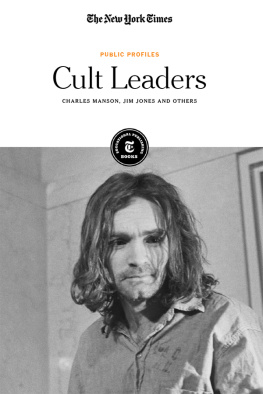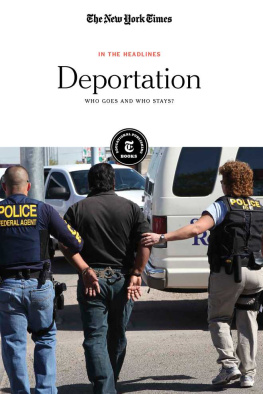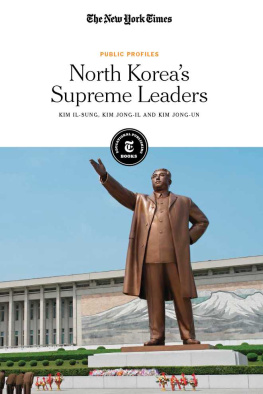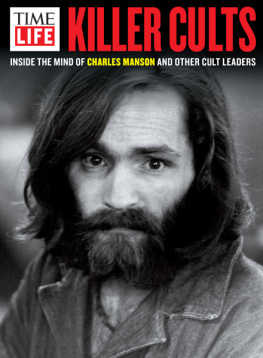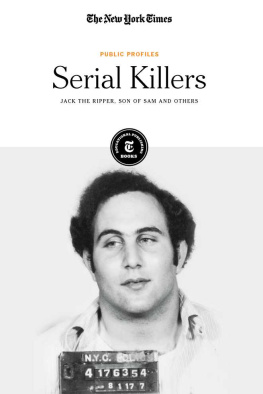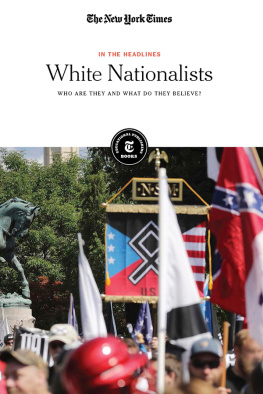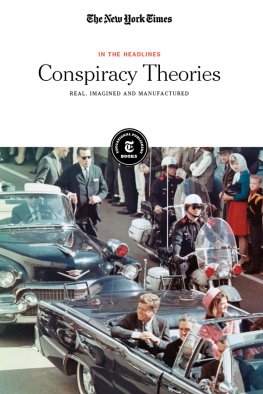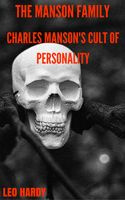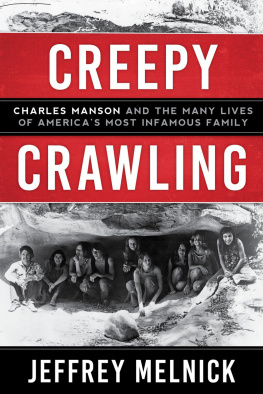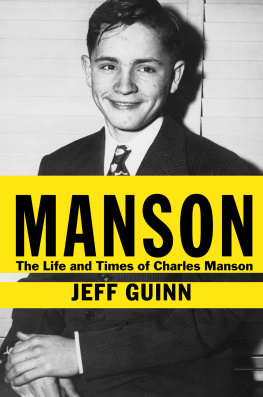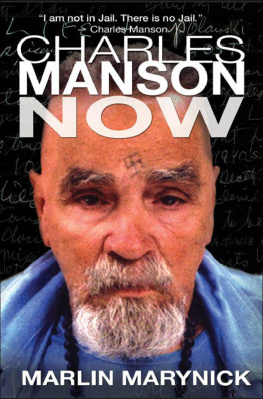Published in 2020 by New York Times Educational Publishing in association with The Rosen Publishing Group, Inc. 29 East 21st Street, New York, NY 10010
Contains material from The New York Times and is reprinted by permission. Copyright 2020 The New York Times. All rights reserved.
Rosen Publishing materials copyright 2020 The Rosen Publishing Group, Inc. All rights reserved. Distributed exclusively by Rosen Publishing.
First Edition
The New York Times
Alex Ward: Editorial Director, Book Development
Phyllis Collazo: Photo Rights/Permissions Editor
Heidi Giovine: Administrative Manager
Rosen Publishing
Megan Kellerman: Managing Editor
Greg Tucker: Creative Director
Brian Garvey: Art Director
Cataloging-in-Publication Data
Names: New York Times Company.
Title: Cult leaders: Charles Manson, Jim Jones and others / edited by the New York Times editorial staff.
Description: New York : New York Times Educational Publishing, 2019. | Series: Public profiles | Includes glossary and index.
Identifiers: ISBN 9781642822427 (library bound) | ISBN 9781642822410 (pbk.) | ISBN 9781642822434 (ebook)
Subjects: LCSH: CultsUnited StatesJuvenile literature. | Religious biographyUnited StatesJuvenile literature. | Cults United StatesHistoryJuvenile literature.
Classification: LCC BL2525.C858 2019 | DDC 291.90973dc23
Manufactured in the United States of America
On the cover: Charles Manson, leader of the Manson family cult and accused mastermind in the killing of Sharon Tate and several others, arrives in court to enter a plea to seven counts of murder and one count of conspiracy; Bettmann/Getty Images.
Introduction
CULT LEADERS ARE powerful people. They attract followers by promising a new way of life. Maybe its free love and subverting the establishment or a community founded on a unique political doctrine. It could be a path to the next life. Or perhaps its a method for spiritual fulfillment or personal and professional success. To participate, followers are required to be completely subservient to their leader and to make enormous personal sacrifice. Once in a cult, it is extremely difficult to leave.
Cult leaders tend to be megalomaniacs. Described as charismatic, intense and magnetic, they are also narcissistic and totalitarian. They have a vision sometimes clearly articulated, sometimes not of the way life should be. And they manipulate others the vulnerable, disenfranchised or lonely into giving up everything else to become a part of it. Followers quit jobs and cut ties with family and friends. They donate their money and cars and houses to the group. They believe so completely in their leaders that they do whatever the leaders tell them to do live in squalor, steal, submit to sexual slavery, punish themselves, kill others, slay their children and commit suicide.
The cult leaders selected for this book are among the most infamous, with extensive news coverage of the events surrounding the growth and demise of each of their cults. These leaders left deep impressions on the popular imagination. Charles Manson, whose Manson family murdered nine people in 1969 in an effort to start a revolution, became an underground legend. His songs and lyrics were recorded by rock bands, images of his face appeared on t-shirts and he and his followers were the subjects of books, movies and even a musical opera.
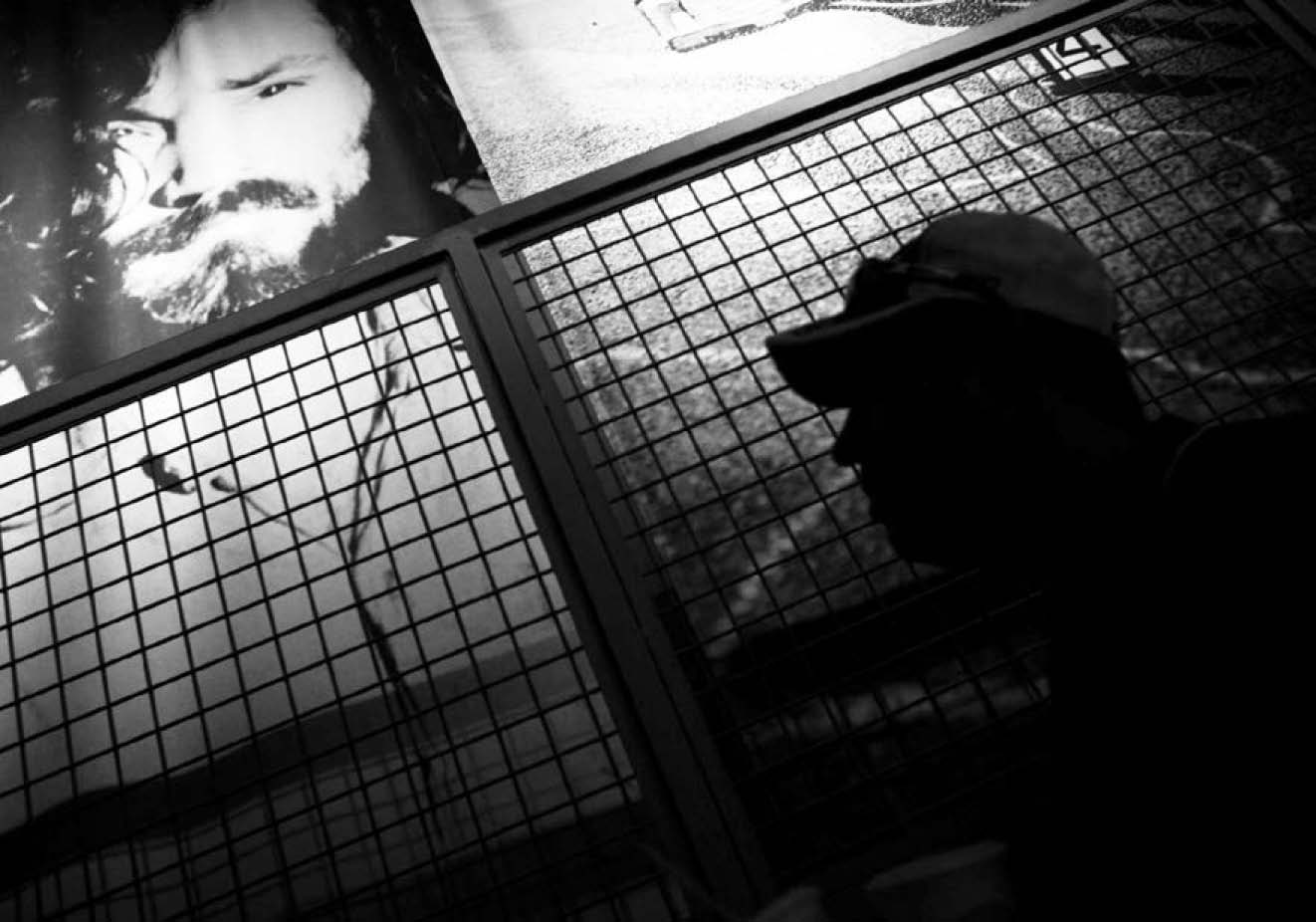
Visitors enter beneath notorious faces of American crime, including Charles Manson, at the Museum of Crime and Punishment in Washington, D.C.
Jim Jones orchestrated the murder-suicides of more than 900 people in Jonestown, Guyana, in 1978. Under scrutiny for alleged human rights violations, Jones urged the entire population of the socialist town he founded to swallow a cyanide-laced grape drink mix in an act of political protest. They did, and the phrase drinking the Kool-Aid became a popular phrase for blind obedience.
The Texas city of Waco became famous after the annihilation of David Koresh and his Branch Davidians at a compound there in 1993. Armed with weapons and supplies, the group withstood a 51-day siege by the federal authorities. Seventy-nine people were consumed by a fire that started during an attempt to flush out Koresh. No one knows whether Koresh, who died from a gunshot wound to the head, committed suicide or was killed by a member of his devoted group.
In 1997, Heavens Gate leader Marshall Applewhite convinced 38 followers to join him in a mass suicide so their souls could board an extraterrestrial spacecraft they believed followed the Hale-Bopp comet. The reclusive, tech-savvy group posted many of their leaders teachings on the Heavens Gate website, which was used to recruit new members. Applewhite is dead, but the website is still live.
The Executive Success Program offered by Keith Ranieres self-help group Nxivm (pronounced Nex-e-um) appealed to people mostly women who could afford its expensive sessions. Each program led to another, indoctrinating attendees in Mr. Ranieres ideology. A select few women were invited to join a secret sisterhood within Nxivm, where they were branded and forced into what some described as sexual slavery. A series of news stories about the secret society resulted in Mr. Ranieres arrest in 2018, and Nxivm suspended operations shortly afterward.
The morbid fascination with cults and their leaders transcends mere curiosity. How could someone be talked into giving a near-stranger his life savings? Or sleeping with any man she is told to? Killing a child with cyanide? Taking his own life? Cult leaders are masters of manipulation. They know how to tap into the fears, hopes and desires of those looking for something different from the life they have. The fascination with cults stems from the fear that anyone could fall prey to the insatiable, egotistical, power-hungry drives of a cult leader.
CHAPTER 1
Charles Manson: The Manson Family
Once considered the most dangerous man alive, Charles Manson looked the part, with wild eyes and a swastika carved into his forehead. Manson had an intense charisma, and a talent for singing and songwriting. In his early 20s, he hoped to land a recording contract. When that failed to materialize, Manson began to travel around California, talking about the power of music, free love and the problem with the establishment. He attracted a group of young, disenfranchised followers. They called themselves the Manson family. And they murdered nine people.
3 Suspects in Tate Case Tied to Guru and Family
BY STEVEN V. ROBERTS | DEC. 3, 1969
CHATSWORTH, CALIF., DEC. 2 Here in the barren, boulder-strewn Santa Susanna Mountains, the persons accused of killing Sharon Tate, the actress, and at least seven other victims lived a life of indolence, free sex, midnight motorcycle races and apparently blind obedience to a mysterious guru.
This picture emerges from interviews with employees of the Spahn Ranch, a dilapidated riding stable whose Western-style buildings are sometimes used as a movie set.
It was here that Charles Manson and his family of about 18 young people lived for a number of months before the murder of Miss Tate and four others in a lonely hillside home on Aug. 9. They left about a week after the killings when policemen raided their camp looking for stolen automobiles and made several arrests.

